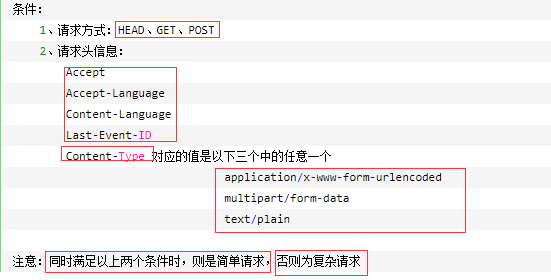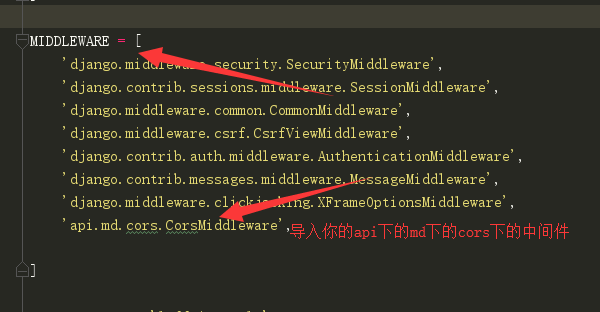跨域是因为浏览器的同源策略 而造成的
所以我们要告诉浏览器不让他阻止了 请求让它接收 就是在后端定义的
你要在你的后端定义你的 跨域解决
就是告诉你的浏览器你可以让它接收

你要先定义一个中间件 因为中间件是可以设置你的 响应的返回的 可以让你的响应体来进行携带参数 那么我们就可以在中间件中设置 我们要对浏览器发送的信息 让浏览器进行接收后端发送的信息
在中间件中定义:
from django.utils.deprecation import MiddlewareMixin class CorsMiddleware(MiddlewareMixin): def process_response(self,request,response): response["Access-Control-Allow-Origin"] = "http://localhost:8080" # 你的这个字典是定义的让你的请求路径可以跨域 # 复杂模式 if request.method == "OPTIONS": response["Access-Control-Allow-Methods"] = "PUT,DELETE" # 请求方式 response["Access-Control-Allow-Methods"] = "Content-Type" # 验证你的请求方式 return response
我们的复杂请求 也可以定义的在settings中:
直接定义的在settings中
CORS_METHODS = "PUT,DELETE"
# 请求方式
CORS_HEADERS = "xxxxx,xxxxfsdf"
然后在setting中导入你的 中间件:
